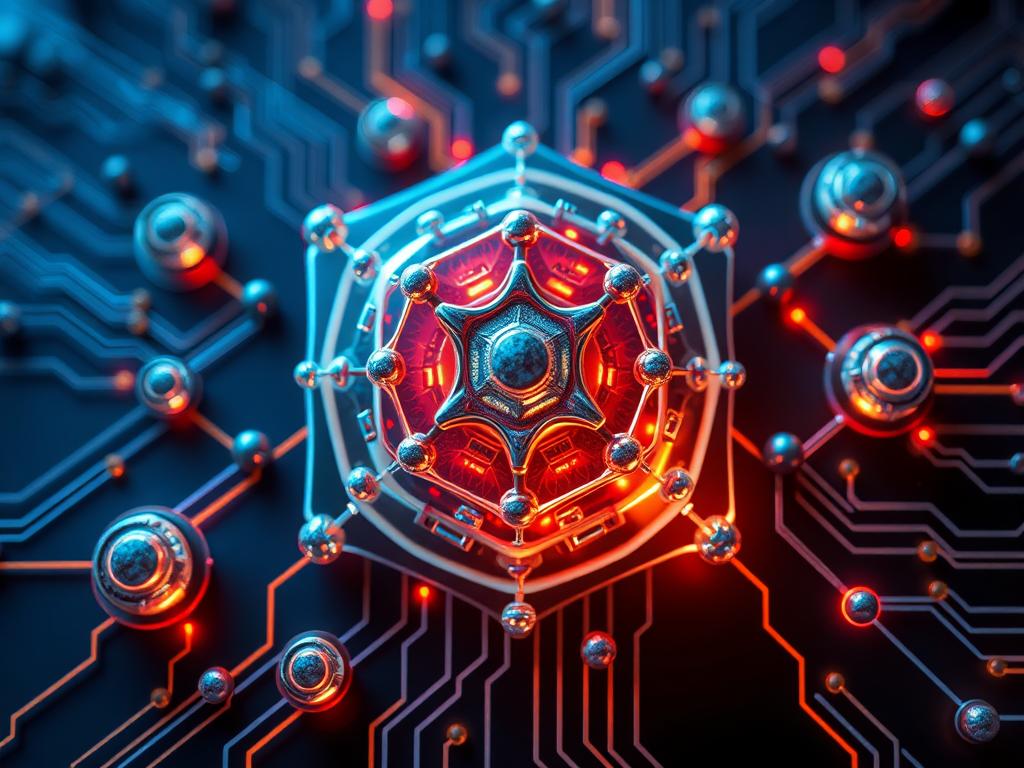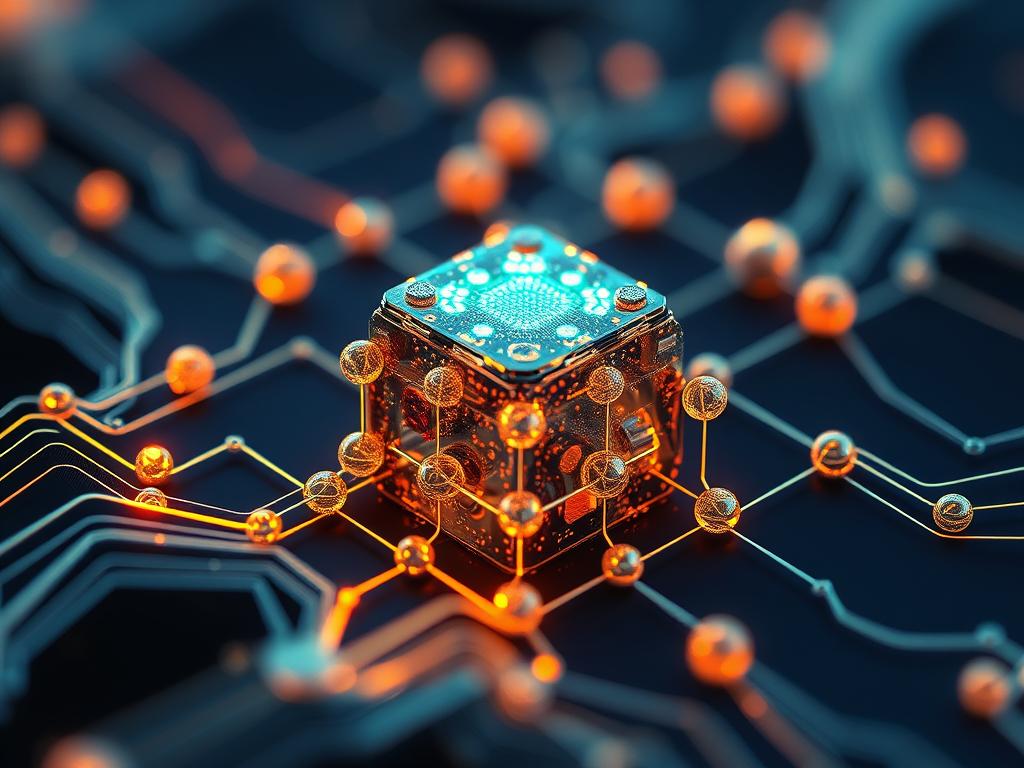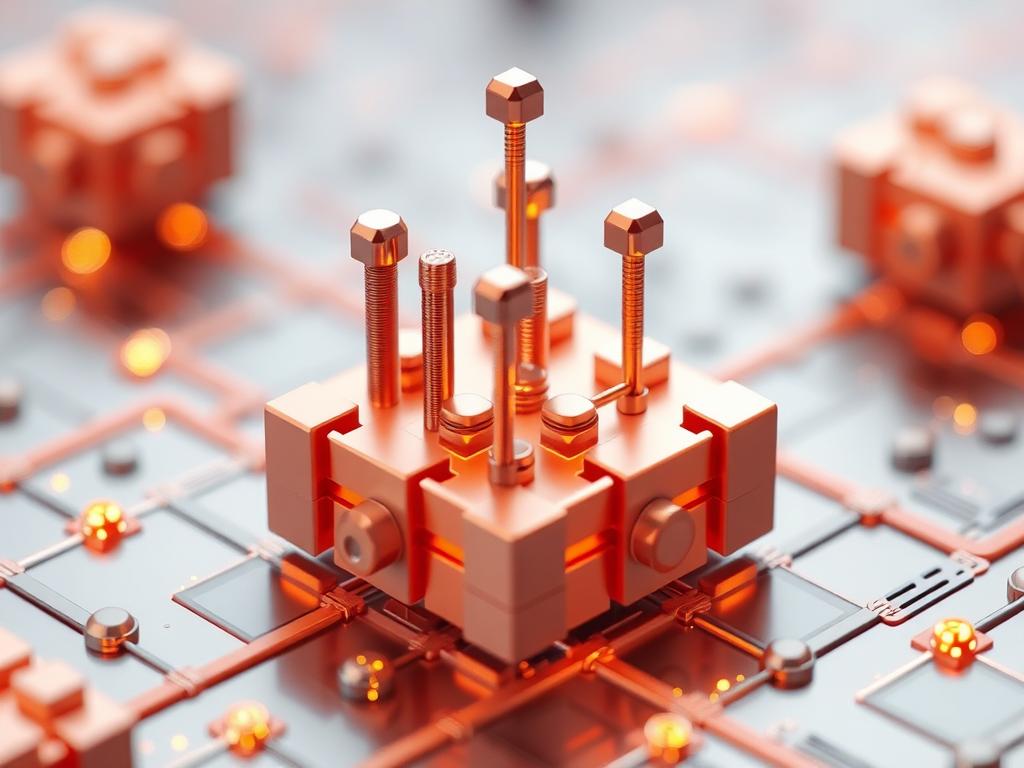In the fast-paced world of technology, keeping systems up-to-date while maintaining stability is a massive challenge for developers and users alike. This is where self-healing systems with autonomous soft updates come into play. These innovative systems promise not only to reduce downtime but also to empower devices to recover and improve themselves without human intervention. Imagine software that doesn’t just fix bugs when alerted but proactively updates and resolves issues quietly and efficiently. This article dives deep into how self-healing systems with autonomous soft updates work, why they matter, and what the future holds for this transformational technology.
Understanding Self-Healing Systems
Self-healing systems refer to computer systems, software, or networks that automatically detect, diagnose, and repair faults without requiring manual intervention. The principle is borrowed from biological systems where the body heals itself after an injury, restoring normal function. In technology, a self-healing system identifies issues like bugs, performance bottlenecks, or security vulnerabilities and implements corrective measures autonomously to return the system to its optimal state.
Such systems improve reliability and availability, reducing the need for costly maintenance and minimizing disruptions. They are particularly valuable in complex environments like cloud computing, IoT networks, and distributed databases, where manual monitoring and troubleshooting can become impractical. The idea is to build resilience into the system, making it smarter and more adaptive in real-time.
The Role of Autonomous Soft Updates

Autonomous soft updates are an essential part of self-healing systems. Unlike traditional updates, which often require system reboots or user consent, soft updates occur seamlessly in the background. These updates are “soft” because they avoid heavy disruptions, and “autonomous” because the system manages them without human input.
Soft updates ensure the system’s integrity while applying patches, optimizations, or feature enhancements. By carefully controlling data consistency and transaction ordering, these updates maintain system stability throughout the process. This approach reduces downtime and enhances user experience, making continuous improvement a reality.
Key Benefits of Combining Self-Healing with Autonomous Soft Updates

When self-healing systems integrate autonomous soft updates, the advantages multiply. Here are the most notable benefits captured in the table below:
| Benefit | Description |
|---|---|
| Reduced Downtime | Soft updates happen quietly without requiring system restarts, making the system available almost 100% of the time. |
| Enhanced Security | Autonomous soft updates apply security patches promptly after vulnerabilities are detected, improving defense against attacks. |
| Improved Reliability | Self-healing reduces errors over time by detecting and fixing problems before they escalate. |
| Lower Maintenance Costs | Automated repairs and updates lessen the need for manual intervention and costly downtime. |
| User Convenience | Users experience fewer interruptions and don’t have to manage updates themselves. |
How Self-Healing Systems with Autonomous Soft Updates Work
Let’s break down their operation into understandable steps. Autonomous soft updates and self-healing collaborate in a cycle of monitoring, diagnosing, repairing, and updating.
- Continuous Monitoring: Sensors, logs, and telemetry tools watch the system constantly to detect signs of malfunction or outdated software components.
- Issue Detection: Machine learning algorithms and rule-based checks analyze data in real-time to identify anomalies or vulnerabilities.
- Automated Healing: Once issues are pinpointed, the system triggers predefined correction strategies, such as rolling back faulty modules, reallocating resources, or rebooting specific services.
- Soft Updates Deployment: The system autonomously downloads and applies updates in a controlled way to avoid data inconsistencies and service interruptions.
- Verification and Learning: Post-update, the system verifies stability and learns from the outcome to improve future self-healing accuracy.
This loop ensures the system evolves over time, becoming more resilient and efficient without human oversight.
Applications of Self-Healing Systems with Autonomous Soft Updates
The practical uses of this technology are becoming widespread across various sectors. Here are some key areas where self-healing systems with autonomous soft updates are transforming operations:
- Cloud Computing: Cloud providers use these systems to keep servers and applications running smoothly without frequent manual interventions.
- Internet of Things (IoT): Devices like smart home appliances and industrial sensors autonomously update and fix themselves, enhancing reliability.
- Telecommunications: Networks self-optimize and recover from faults to maintain communication quality and reduce outages.
- Automotive Industry: Modern cars update onboard software for safety and performance without needing service center visits.
- Financial Services: Critical systems prevent downtime and cyber risks by applying patches invisibly and ensuring transaction integrity.
Challenges and Considerations
While self-healing systems with autonomous soft updates offer impressive benefits, they come with their own set of challenges:
- Complexity: Designing systems that accurately diagnose and correct a wide range of issues autonomously is difficult and demands sophisticated algorithms.
- Security Risks: Autonomous updates must be securely validated to prevent malicious code injection or unintended system failures.
- Resource Usage: Continuous monitoring and updating can consume significant computational power and network bandwidth.
- User Trust: Users may hesitate to allow fully autonomous updates without transparency or control mechanisms.
- Compatibility Issues: Ensuring updates are compatible with existing hardware and software configurations requires rigorous testing.
Despite these hurdles, ongoing advancements in AI, machine learning, and systems engineering continue to address these challenges.
The Future of Self-Healing Systems with Autonomous Soft Updates

Looking forward, these technologies are poised to become a foundational element of software and hardware ecosystems. The integration of artificial intelligence will lead to even smarter self-healing capabilities, where systems predict failures before they occur and autonomously optimize performance.
Moreover, the rise of edge computing will increase the need for autonomous soft updates in devices that operate in remote or critical environments, far from centralized management. With advancements in cybersecurity, autonomous updates will become safer and more trustworthy, making self-healing systems an indispensable part of everyday technology.
Technological Innovations on the Horizon
Several trends highlight future progressions:
- Predictive Maintenance: Leveraging big data and AI to anticipate faults and apply preventive soft updates.
- Decentralized Update Protocols: Using blockchain or distributed ledger technology to ensure update integrity and transparency.
- Adaptive Learning Models: Systems that continuously learn from network-wide experiences to enhance self-healing strategies.
- Cross-Platform Compatibility: Innovations allowing seamless soft updates across diverse devices and operating systems.
Summary Table of Future Innovations
| Innovation | Impact |
|---|---|
| Predictive Maintenance | Reduces failures and optimizes system uptime through anticipation and early interventions. |
| Decentralized Update Protocols | Enhances security and trustworthiness of autonomous updates. |
| Adaptive Learning Models | Improves accuracy and efficiency of self-healing operations. |
| Cross-Platform Compatibility | Ensures smooth updates in heterogeneous computing environments. |
Conclusion
Self-healing systems with autonomous soft updates represent a major leap forward in how technology manages itself in an increasingly interconnected world. By combining continuous health monitoring, intelligent fault correction, and seamless background updates, these systems minimize downtime, enhance security, and provide better user experiences. While they pose design and trust challenges, ongoing innovation is making self-healing more reliable and accessible. As we move further into an era of smart devices and complex networks, embracing the power of self-healing and autonomous soft updates will be critical for achieving resilient, efficient, and future-ready systems.

